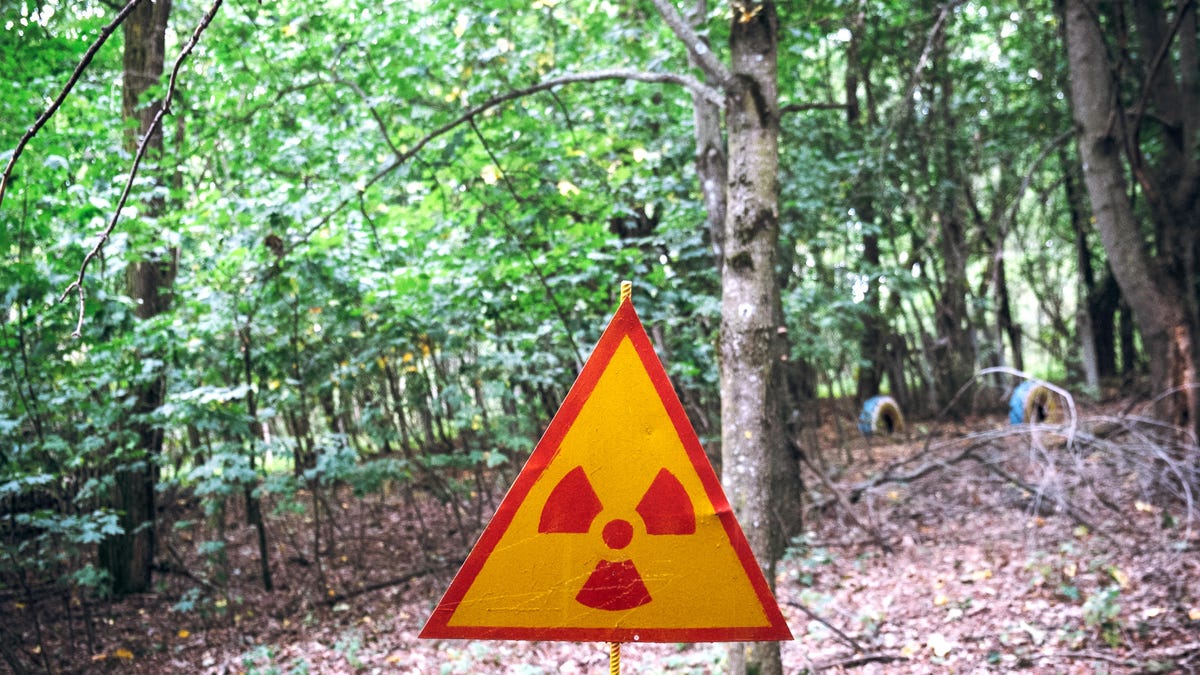Fungi found in Chernobyl feeds on radiation, could protect astronauts
The organism could be used to protect humans and equipment on the International Space Station.

Scientists have discovered that a strand of fungi in the Chernobyl nuclear power plant feeds on radiation, according to a Thursday report by Express. The fungi was first found at Chernobyl in 1991, five years after the nuclear reactor exploded, but scientists have just recently found that its properties could help protect people from radiation.
The fungi is called Cryptococcus neoformans, and it's well-known to science, having first been described in the 1890s. It can be a nasty microorganism for humans if it gets into those with compromised immune systems, resulting in an infection known as cryptococcosis.
Turns out it may also be beneficial for humans -- particularly in space. The fungi contains high levels of melanin, a pigment that turns skin darker. That melanin absorbs radiation and turns it into chemical energy, similar to how plants turn carbon dioxide and chlorophyll into oxygen and glucose through photosynthesis, according to a study first published in 2007. This specific process, is dubbed radiosynthesis.
Melanin absorption is an intriguing property that could be used to protect astronauts in space.
NASA scientists are looking into the possibility of extracting melanin from Cryptococcus as a cost-effective way of producing a space-approved sunscreen. In Nov. 2019, scientists from Johns Hopkins University sent melanin derived from the fungus to the International Space Station. On the station, the melanin is being tested for its ability to protect against radiation in space.
"We know that space radiation is dangerous and that it damages matter," Radamés J.B. Cordero, a researcher at Johns Hopkins Bloomberg School of Public Health and lead on the project, said in a release. "If you have a material that can act as a shield against radiation, it could not only protect people and structures in space but also have very real benefits for people here on Earth."
The results of the work are expected to be available within the next few months.
Originally published Feb. 7, 3:09 p.m. PT.
Updates, 3:13 p.m.: Adds more detail about how the fungi can be used to protect humans; 5:17 p.m.: Clarifies details of the find and earlier reports.



